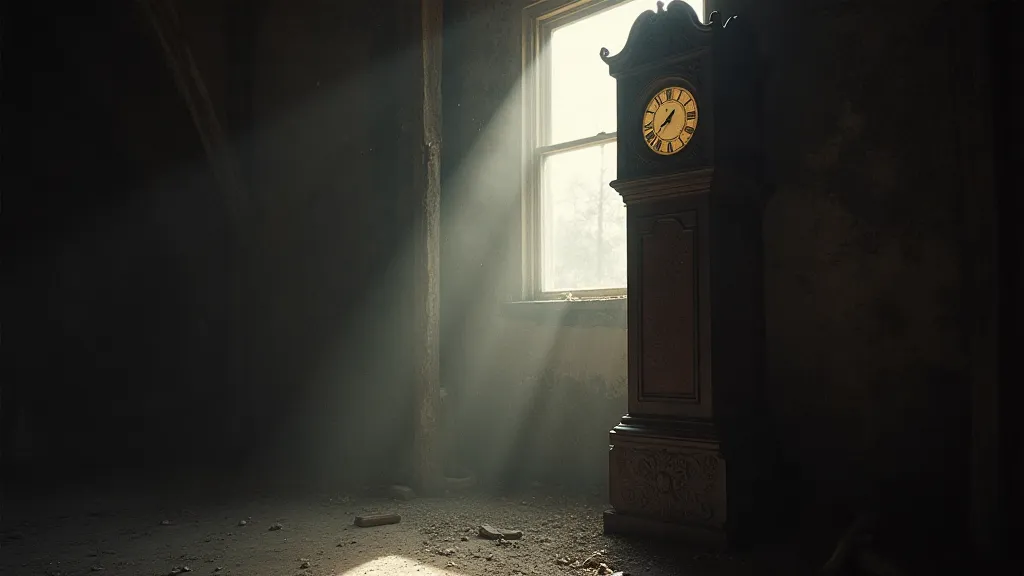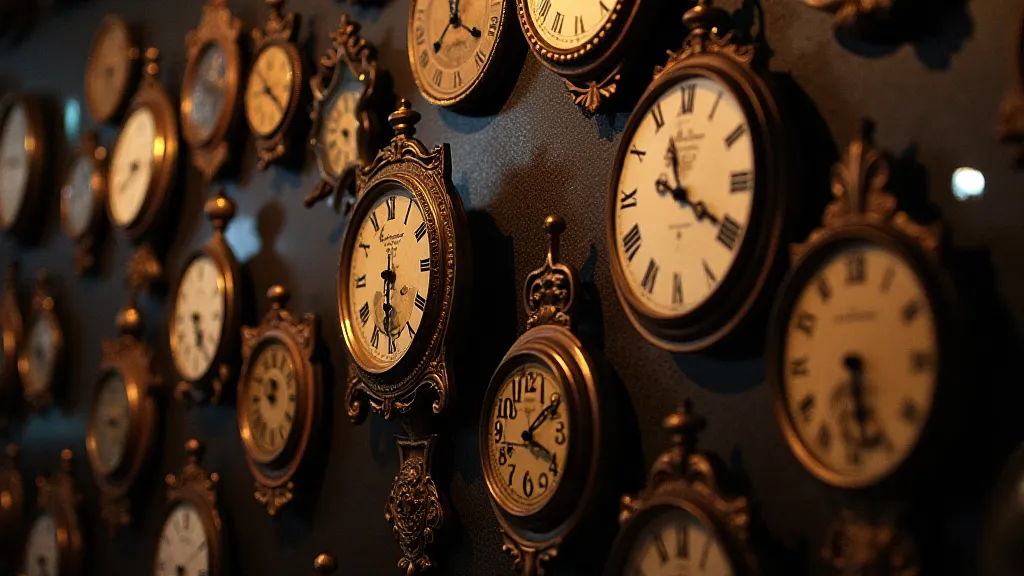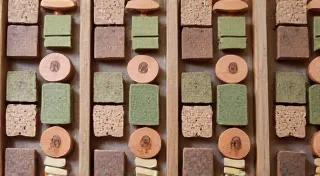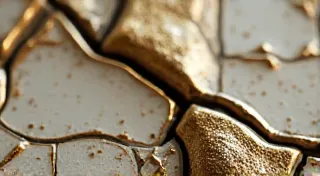Gears & Ghosts: The Haunting Beauty of Abandoned Timepieces
There's a peculiar romance to finding something lost. Not simply misplaced, but truly forgotten – swallowed by time and circumstance. And few objects hold that allure quite like antique clocks discovered in the quiet corners of forgotten places. The attic shrouded in dust, the barn echoing with the ghosts of generations, the estate sale brimming with the discarded treasures of lives lived – these are the places where time stands still, and where these magnificent machines often lie dormant, waiting to be rediscovered.
My first encounter was in a crumbling farmhouse, inherited from a distant aunt I barely knew. The air was thick with the scent of dried leaves and something indefinably old. Tucked away in a corner, beneath a pile of moth-eaten blankets, I found it: a tall grandfather clock, its mahogany case dulled with grime, the pendulum motionless. It wasn’t just a clock; it was a portal. A feeling – a tangible sense of history – washed over me. I wasn't just looking at an object; I was gazing into the lives of those who had listened to its tick-tock, marking birthdays, holidays, and countless ordinary moments.

The Echoes of Time
The fascination isn’s purely aesthetic. It’s deeply rooted in our human desire to connect with the past. We’ve always used clocks not merely to measure time, but to anchor ourselves to it. They’re symbols of order, reliability, and the relentless march forward. But a forgotten clock…a clock silenced by neglect…that’s a different story. It whispers of interrupted narratives, of lives lived and then relinquished. It begs the question: what stories did it witness? What celebrations did it announce? What sorrows did it silently absorb?
Consider the historical context. Clocks, especially the ornate and elaborate pieces popular in the 18th and 19th centuries, were status symbols. A grandfather clock wasn't just a timekeeping device; it was a testament to a family’s prosperity and taste. Many were handcrafted with an astonishing level of detail – intricate marquetry, hand-carved figures, and painstakingly painted dials. These weren’t mass-produced items; they were expressions of artistic skill and a commitment to enduring quality. These families likely valued the craftsmanship, understanding that a well-made clock could last generations – and it did, often outliving its original owners.
The Craftsmanship of Generations
The intricate workings inside are a marvel of ingenuity. Before electronics, clockmakers were master engineers, blending art and precision. The escapement mechanism, the heart of the clock, allows the gears to advance in measured increments. The pendulum, regulated by weights and levers, creates the rhythm of time. Understanding how these components interact is a journey in itself. Even a basic understanding of the clock’s mechanics reveals the genius of the era's inventors. Each gear, each lever, represents hours of painstaking labor, often passed down through generations of clockmaking families.
I’m no expert, of course. My initial interest was purely sentimental. But as I began researching the clock I found in my aunt's attic, I was drawn into the world of antique horology. I learned about the different movements – the English lever movement, the American bracket movement, the German 8-day movements – each with its own distinctive character and complexity. And the materials! The use of brass, steel, and various hardwoods, carefully chosen for their durability and beauty, speaks to a time when things were built to last.

A Gentle Restoration
The temptation to fully restore a forgotten timepiece is strong. To breathe life back into it, to hear it tick once more – it’s an almost irresistible urge. However, restraint is key. A true appreciation for these objects lies in recognizing their history, their imperfections. Over-restoration can erase that history, stripping away the patina of age that tells a story of its own.
Often, the most rewarding approach is a gentle cleaning – a careful removal of dust and grime, a lubrication of the gears, a minor repair of broken components. The goal isn't to make the clock look brand new; it's to preserve its character, to stabilize its condition, and to allow its true beauty to shine through. A slightly faded dial, a few minor scratches on the case – these are not flaws; they are marks of time, testaments to a life well-lived.
My own clock required a fair amount of coaxing. The pendulum had seized, the mainspring was wound too tight, and the brass face was tarnished almost black. A careful cleaning, a bit of lubrication, and a gentle winding – and then, the moment of truth. A tentative tick...then another...and then, a steady, reassuring rhythm filled the room. It wasn’t a perfect sound; it had a slight irregularity, a subtle imperfection that spoke of its age and history. But it was a sound that resonated deep within me. A connection to the past, a reminder of the enduring power of time.
Collecting and Preservation
The world of antique clock collecting is vast and fascinating. From humble mantel clocks to elaborate grandfather clocks, there's a timepiece to suit every taste and budget. But collecting isn’t just about acquiring beautiful objects; it's about preserving history, honoring craftsmanship, and safeguarding a tangible link to the past. It's about understanding that these clocks are more than just timekeeping devices; they are cultural artifacts, windows into the lives of those who came before us. It’s a responsibility, a privilege, to be a custodian of these enduring pieces of history.
Whether you're a seasoned collector or simply someone who appreciates the beauty and craftsmanship of antique clocks, there's a profound sense of satisfaction in discovering and preserving these forgotten treasures. They remind us of the cyclical nature of time – the rise and fall of generations, the enduring power of memory, and the enduring beauty of things made with care and intention.

The next time you stumble upon a forgotten clock, take a moment to appreciate its story, its history, and the generations who have listened to its rhythmic tick. It might just whisper a few secrets of its own.





